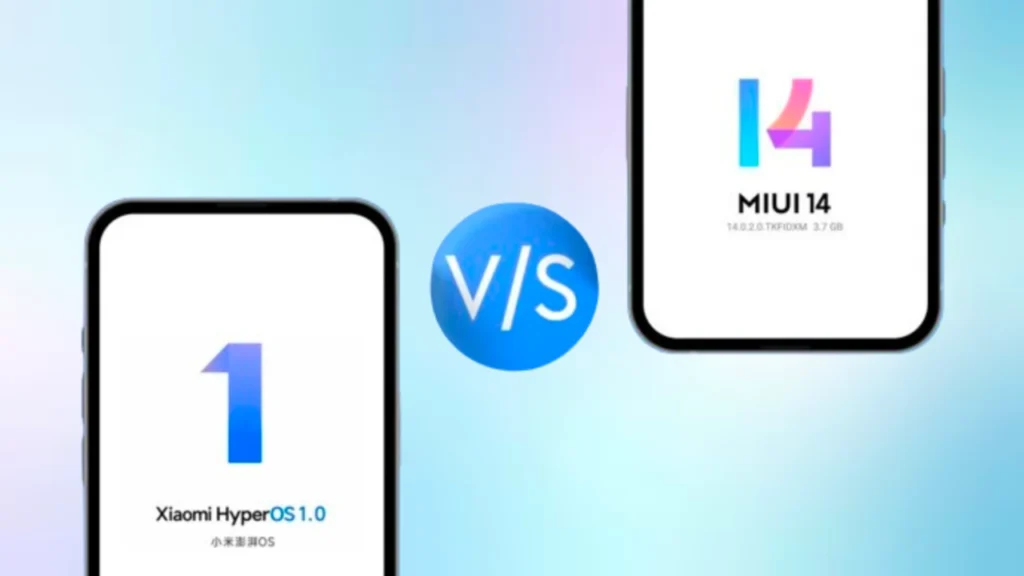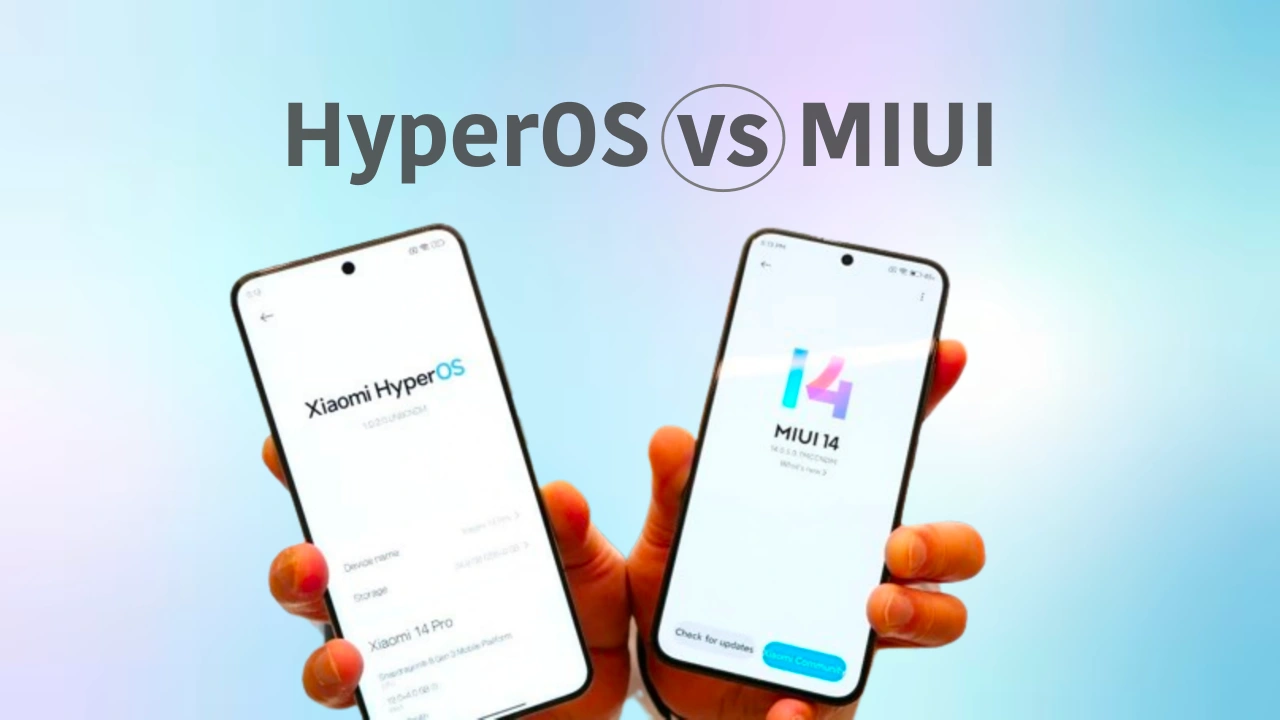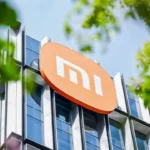Xiaomi ended MIUI for some devices and opened the door for a new HyperOS. This new system will be the standard for smartphones and will make it a better option for use.
Xiaomi has had upgrades for its smartphones in MIUI for many years, but Google’s Android did the same with the standards of the brand and kept its unique and personalized apps and settings there.
Common Xiaomi users face some problems like GPS issues, overheating, poor battery quality, slow performance, network connectivity issues, and much more. To solve all these problems, Xiaomi upgraded its phone with HyperOS.
Whenever Google makes new upgrades to its Androids, Xiaomi also tries to make itself better than previous features and has been making this effort since 2010.
Since change is necessary, Xiaomi published a video that showcased the best of what it has built over the past few years, that it has reached each of the new smartphones of the brand, and what it offers.
Xiaomi wants a complete makeover, and it will not just limit itself to having HyperOS on its new smartphones; it will also make significant changes to all its new and old devices and take it to new heights.
The arrival of HyperOS is important because it will bring with it more features, and for some devices, Xiaomi is ready to say goodbye to MIUI.

HyperOS vs MIUI
| Feature | HyperOS | MIUI 14 |
|---|---|---|
| Performance | Faster, smoother, more efficient | Good, but not as optimized as HyperOS |
| Storage Size | Smaller (8.76GB) | Larger (12GB) |
| Design | Subtly evolved from MIUI 14 | More feature-rich and customizable |
| Features | Focuses on core functionalities | More features overall |
| Availability | Limited number of devices | Widely available |
| Updates | Constantly updated | Constantly updated |








